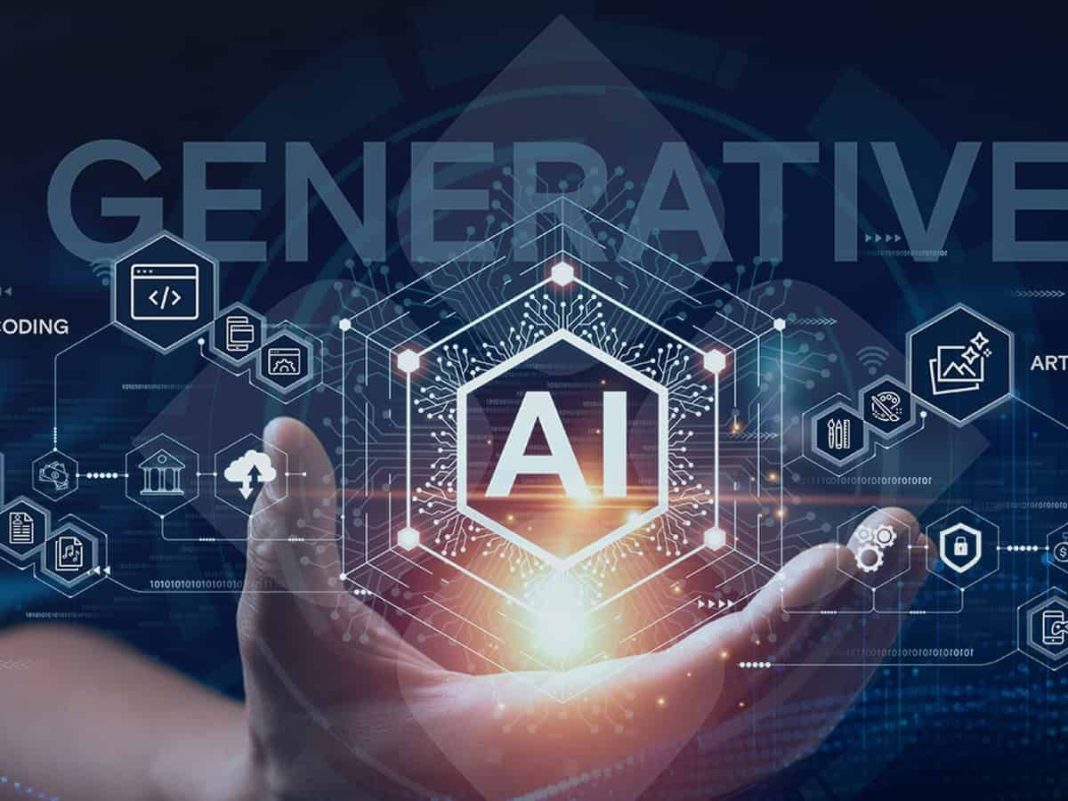Generative artificial intelligence has taken another huge step forward in 2025, as video and voice creation tools powered by AI go fully mainstream. What began as experimental technology just a few years ago has now become a key part of entertainment, marketing, education, and everyday communication. From realistic AI-generated actors to custom voiceovers that sound human, these tools are changing how digital content is made and shared across the world.
Leading tech companies like OpenAI, Runway, Pika Labs, and ElevenLabs have released easy-to-use platforms that allow anyone to create professional-quality videos and voice content within minutes. With just a text prompt, users can generate lifelike characters, expressive voices, and cinematic scenes — no camera or studio required. The quality of these outputs has improved dramatically, blurring the line between AI-generated and real footage. This has made video production faster, cheaper, and more creative than ever before.
In marketing and entertainment, brands and studios are quickly adopting generative video and voice tools to produce advertisements, explainer videos, and even short films. AI avatars now host product launches, influencers create multilingual content without recording new audio, and filmmakers use AI-generated voices to edit or dub scenes in real time. These technologies are reducing production costs while allowing creators to explore fresh storytelling ideas that were once limited by budget or time.
Education and corporate training are also benefiting. Teachers and trainers are using generative video tools to make interactive lessons and tutorials featuring realistic AI instructors. Voice AI tools can instantly turn written material into engaging audio lessons in multiple languages, helping bridge communication gaps. This accessibility has made learning more dynamic and inclusive, especially in remote and digital-first settings.
However, the mainstream rise of generative video and voice technology also raises serious ethical concerns. The ability to create highly realistic voices and faces has led to fears about deepfakes, misinformation, and identity misuse. Governments and tech platforms are responding with new rules requiring content labeling and digital watermarking to show what is AI-generated. Many companies are also integrating built-in safety systems to detect and prevent misuse, but experts warn that the technology’s rapid spread demands stronger global standards.
Despite the challenges, 2025 marks a turning point in digital creativity. Generative video and voice tools are no longer niche — they are everyday tools shaping the future of media and communication. For creators, businesses, and educators, AI is becoming a creative partner rather than just a utility. The power to produce high-quality visuals and lifelike audio using only imagination is changing the definition of storytelling.
As these tools continue to evolve, one thing is clear — the world is entering a new era of digital expression. With generative AI leading the way, creativity is no longer limited by resources or skill, but only by imagination.


